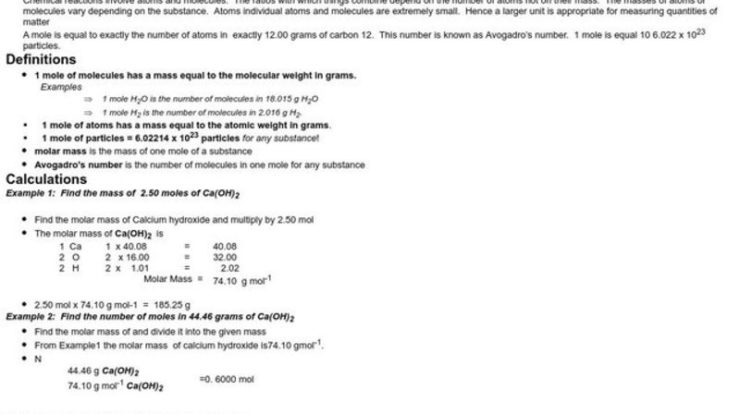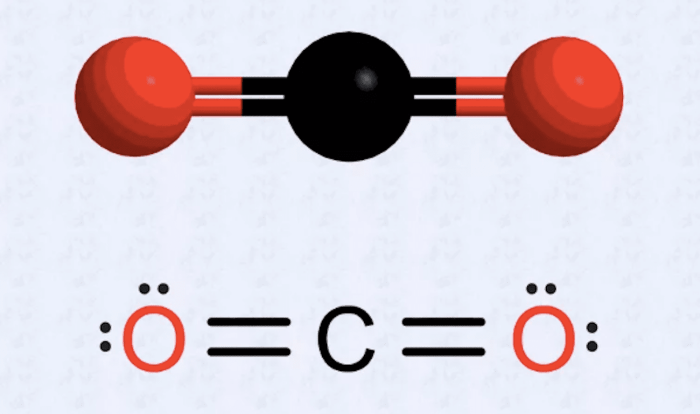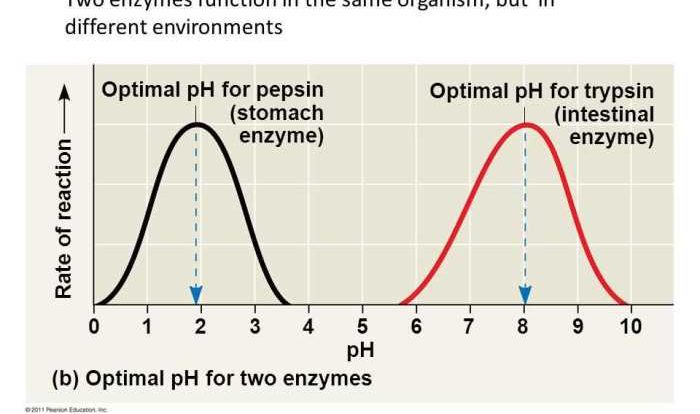Welcome to the comprehensive Chemistry Acid and Bases Worksheet, your ultimate resource for understanding the fundamental concepts of acids and bases. This worksheet is meticulously crafted to provide a clear and engaging overview of this fascinating topic, ensuring that your learning journey is both enjoyable and enriching.
Delve into the fascinating world of acids and bases, exploring their definitions, properties, reactions, and applications. Discover the Bronsted-Lowry theory, the concept of pH and pOH, and the intriguing behavior of conjugate acid-base pairs.
Chemistry Definitions
In chemistry, acids and bases are two fundamental concepts that describe the properties of substances. These concepts have evolved over time, and several theories have been proposed to explain the behavior of acids and bases.
Bronsted-Lowry Theory of Acids and Bases
The Bronsted-Lowry theory is one of the most widely accepted theories of acids and bases. This theory defines an acid as a substance that can donate a proton (H+ ion), and a base as a substance that can accept a proton.
According to this theory, an acid-base reaction involves the transfer of a proton from an acid to a base.
pH and pOH
The pH and pOH are two important measures of the acidity or basicity of a solution. pH is defined as the negative logarithm of the hydrogen ion concentration ([H+]), while pOH is defined as the negative logarithm of the hydroxide ion concentration ([OH-]).
The pH and pOH of a solution are related by the following equation:
pH + pOH = 14
A solution with a pH of 7 is neutral, a solution with a pH less than 7 is acidic, and a solution with a pH greater than 7 is basic.
Conjugate Acid-Base Pairs
A conjugate acid-base pair is a pair of substances that differ by one proton. When an acid donates a proton, it becomes its conjugate base. When a base accepts a proton, it becomes its conjugate acid. For example, the conjugate acid of the base NH3 is NH4+, and the conjugate base of the acid HCl is Cl-.
Acid-Base Reactions
Acid-base reactions are chemical reactions that involve the transfer of protons (H+ ions) between reactants. These reactions play a crucial role in many biological, environmental, and industrial processes.
Types of Acid-Base Reactions, Chemistry acid and bases worksheet
There are several types of acid-base reactions, each characterized by the specific mechanism of proton transfer:
- Neutralization:A reaction between an acid and a base that results in the formation of a salt and water.
- Proton Transfer:A reaction where a proton is transferred from an acid to a base, forming a conjugate acid and a conjugate base.
- Acid-Base Dissociation:A reaction where an acid or a base dissociates in a solvent, releasing protons or hydroxide ions.
Neutralization
Neutralization is a specific type of acid-base reaction where an acid and a base react in stoichiometric proportions, resulting in the formation of a salt and water.
Example:The reaction between hydrochloric acid (HCl) and sodium hydroxide (NaOH) results in the formation of sodium chloride (NaCl) and water (H2O): HCl + NaOH → NaCl + H2O
Examples of Acid-Base Reactions in Everyday Life
Acid-base reactions are ubiquitous in our daily lives, occurring in various processes such as:
- Digestion:Hydrochloric acid in the stomach helps break down food.
- Batteries:Acid-base reactions generate electricity in batteries.
- Cleaning:Acids and bases are used in cleaning products to remove dirt and stains.
Acid-Base Properties
Acids and bases exhibit distinct properties that determine their strength and reactivity. Understanding these properties is crucial for comprehending acid-base reactions.
Properties of Strong and Weak Acids
Strong acids are those that completely dissociate in water, releasing all their hydrogen ions (H+). They have a pH below 7 and are highly corrosive. Examples include hydrochloric acid (HCl) and sulfuric acid (H2SO4).
Weak acids, on the other hand, only partially dissociate in water, releasing a smaller fraction of their hydrogen ions. They have a pH above 7 and are less corrosive. Examples include acetic acid (CH3COOH) and carbonic acid (H2CO3).
Properties of Strong and Weak Bases
Strong bases are those that completely dissociate in water, releasing all their hydroxide ions (OH-). They have a pH above 7 and are highly corrosive. Examples include sodium hydroxide (NaOH) and potassium hydroxide (KOH).
Weak bases, on the other hand, only partially dissociate in water, releasing a smaller fraction of their hydroxide ions. They have a pH below 7 and are less corrosive. Examples include ammonia (NH3) and pyridine (C5H5N).
Factors Affecting Acid and Base Strength
Several factors influence the strength of acids and bases, including:
- Bond strength:Stronger bonds between the hydrogen ion and the conjugate base lead to weaker acids.
- Electronegativity:More electronegative atoms hold the hydrogen ion more tightly, resulting in weaker acids.
- Resonance:Resonance structures that stabilize the conjugate base make acids stronger.
- Size:Larger atoms form weaker bonds with hydrogen, leading to stronger acids.
Acid-Base Titrations
Acid-base titrations are laboratory techniques used to determine the concentration of an unknown acid or base. They involve the controlled addition of a known concentration of acid or base to a solution of the unknown substance until the reaction between them is complete.
The point at which the reaction is complete is called the equivalence point.
There are two main types of acid-base titrations: strong acid-strong base titrations and weak acid-strong base titrations. In a strong acid-strong base titration, both the acid and the base are strong electrolytes, which means they completely dissociate in water. In a weak acid-strong base titration, the acid is a weak electrolyte, which means it does not completely dissociate in water.
Procedure for an Acid-Base Titration
The following is a step-by-step guide to performing an acid-base titration:
- Prepare a solution of the unknown acid or base.
- Fill a buret with a known concentration of acid or base.
- Add the unknown solution to a flask or beaker.
- Add a few drops of an indicator to the unknown solution.
- Slowly add the known solution to the unknown solution, swirling the flask or beaker constantly.
- Observe the color change of the indicator.
- Continue adding the known solution until the equivalence point is reached, as indicated by the color change of the indicator.
- Record the volume of the known solution used.
- Calculate the concentration of the unknown solution.
Applications of Acids and Bases: Chemistry Acid And Bases Worksheet
Acids and bases play crucial roles in numerous industrial processes, everyday products, and environmental phenomena.
In industries, acids and bases are used as:
- Catalysts in chemical reactions, enhancing reaction rates and efficiency.
- Electrolytes in batteries, facilitating the flow of electrical current.
- Bleaching agents in textiles, removing unwanted colors or impurities.
- Etching agents in metalworking, creating intricate designs or patterns.
- Preservatives in food and beverages, inhibiting microbial growth and extending shelf life.
In everyday life, acids and bases are found in:
- Batteries, providing power to electronic devices.
- Antacids, neutralizing stomach acids to relieve heartburn.
- Cleaning products, removing dirt and stains from surfaces.
- Hair dyes, altering hair color by opening or closing hair cuticles.
- Food additives, enhancing flavors, textures, and shelf life.
Acids and bases also have significant environmental implications:
- Acid rain, caused by the release of sulfur dioxide and nitrogen oxides into the atmosphere, damages ecosystems and infrastructure.
- Ocean acidification, resulting from increased carbon dioxide absorption, threatens marine life and ecosystems.
- Soil acidification, caused by agricultural practices and industrial pollution, reduces soil fertility and crop yields.
Understanding the properties and applications of acids and bases is essential for various fields, including chemistry, industry, and environmental science.
Popular Questions
What is the difference between a strong acid and a weak acid?
Strong acids completely dissociate in water, releasing all of their hydrogen ions (H+). Weak acids only partially dissociate, releasing only a small fraction of their hydrogen ions.
What is the purpose of an acid-base titration?
Acid-base titrations are used to determine the concentration of an unknown acid or base by reacting it with a known concentration of the other.
What are some examples of acids and bases in everyday life?
Acids: vinegar, lemon juice, battery acid. Bases: baking soda, soap, ammonia.


